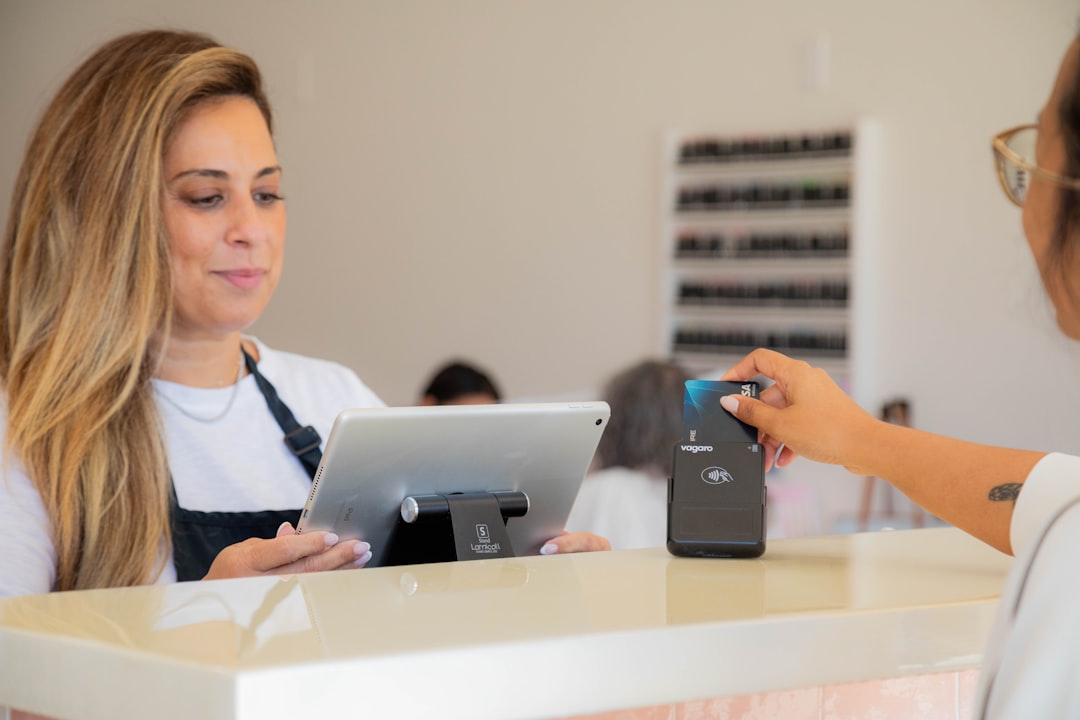In an increasingly digital world, mobile payment systems are reshaping how individuals interact financially. Among the prominent players is Venmo, a peer-to-peer (P2P) app owned by PayPal, which revolutionized small-scale personal transactions. While Venmo excels at transferring money between friends and acquaintances, questions remain about how robust its buyer protection policies are—especially as more users attempt to utilize Venmo for commercial transactions. This article delves into the intricacies of Venmo’s buyer protection offerings, unpacking the policies, eligible transactions, potential vulnerabilities, and implications for users.
Understanding Venmo’s Intended Use
Venmo was originally designed for social payments between people who know and trust each other. Scenarios like splitting dinner bills, paying roommates for utilities, or sharing ride fares were the app’s foundational use cases. Still, over time, some users have appropriated the platform for buying and selling goods—often in ways not directly supported by Venmo’s protection policies.
It’s critical to understand that using Venmo outside its intended purpose can carry certain risks. Venmo explicitly states in its Help Center that payments made between users without using the proper transaction tags or business profiles are not protected by buyer or seller policies.
Venmo’s Buyer Protection Program
Venmo does offer a form of buyer protection, but it comes with significant caveats and is available only under specific circumstances. According to their official guidelines, the protection only applies when:
- The payment is made to an authorized business profile on Venmo
- The transaction is marked as a purchase by toggling the “Paying for a good or service” option during the payment
- The item is eligible under Venmo’s list of protected goods
Buyer protection is designed to cover discrepancies such as non-receipt of goods, functioning defects, or misrepresentation. However, the applicability of this protection is very narrow. If any of the outlined conditions are not met, reimbursement from Venmo is not guaranteed.

What Is Not Covered?
Many users mistakenly believe that Venmo automatically offers the same buyer protection services as other platforms like PayPal. However, Venmo was not constructed with eCommerce in mind. As a result, many transactions fall outside the realm of buyer protection.
Here are some common examples of what is not covered:
- Payments made using the “Friends & Family” designation
- Transactions involving digital goods and services
- Purchases from individual sellers who are not verified Venmo businesses
- Transactions outside the U.S.
In these scenarios, Venmo will not investigate or reverse payments, even if fraud occurs. Users often realize too late that they are essentially sending cash when using Venmo for unprotected transactions.
Venmo Business Profiles: A Safer Option
To increase safety and expand use cases, Venmo introduced Business Profiles in 2020. These allow merchants and freelancers to accept payments more securely. When you make a purchase through a verified Venmo business, buyer protection is more reliably enforced.
This framework aligns Venmo closer to traditional payment processors by offering increasing visibility and transparency. Transactions with a business typically include:
- Itemized receipts
- Customer service contact options
- Stronger dispute-resolution mechanisms
However, Business Profiles are still a growing ecosystem within the app, and not all vendors use them. Buyers must be vigilant to check whether a profile is genuinely authorized before making a payment.
How Disputes Work on Venmo
In cases where a transaction is eligible under buyer protection, users can file a dispute through the Venmo app or by contacting customer support. Here’s how the typical dispute process functions:
- The user identifies a transaction issue (e.g., item never received, wrong product shipped).
- A claim is filed within 180 days of the original payment date.
- Venmo investigates by contacting both parties and requesting evidence.
- Depending on findings, a refund may be issued to the buyer or the decision may favor the seller.
Though this process sounds reassuring, user reviews and forums suggest that the resolution framework is not always consistent. Much depends on how clearly a user can substantiate their claim, making documentation (screenshots, tracking info, correspondence) essential.

Comparison to PayPal Buyer Protection
Since PayPal owns Venmo, many users assume that the platforms offer comparable security details. Yet, PayPal’s buyer protection is more comprehensive, covering a wider range of goods and services, including digital items. PayPal also tends to provide more mature and structured arbitration services.
Some comparative differences include:
| Criteria | Venmo | PayPal |
|---|---|---|
| Eligible Users | Verified business transactions only | Most user transactions |
| International Transactions | Not supported | Supported with buyer protection |
| Digital Goods | Not covered | Covered in many cases |
| Dispute Resolution | Limited evidence review | Comprehensive investigation |
Users relying heavily on buyer protection for online purchases should strongly consider using PayPal over Venmo until further improvements are rolled out on Venmo’s side.
User Implications: When to Avoid Venmo for Purchases
While Venmo is exceptionally convenient, it’s not ideal for all types of payments. Here are several scenarios where alternatives should be considered:
- eCommerce Transactions: Buying from online vendors or marketplaces is better suited to platforms like PayPal or credit cards that offer purchase protection.
- Buying High-Value Items: Sending large amounts to unverified users exposes you to significant risk.
- Transactions with Strangers: Venmo is not designed for Craigslist-style exchanges or secondhand market sales.
When dealing with unknown parties, users should be wary of scams. Fraudulent sellers frequently exploit Venmo’s limited protection to entice quick transactions.
Best Practices for Safe Payments on Venmo
If you still wish to use Venmo for purchases, consider applying the following best practices to reduce risk:
- Only transact with verified Venmo business profiles.
- Always toggle the “paying for a good or service” option when appropriate.
- Keep all related correspondence and receipts.
- Avoid sending money for items that seem “too good to be true.”
- Regularly review your payment history for any suspicious activity.
Enabling two-factor authentication and regularly updating your account information adds an extra layer of security to your profile.
Conclusion: Proceed with Informed Caution
Venmo’s buyer protection structure is suitable—for its core purpose. The platform supports low-risk transactions between people who trust each other, and recent updates like Business Profiles and buyer toggles provide more robust tools for purchasing. However, for users seeking comprehensive consumer protection, Venmo still falls short of established platforms like PayPal or traditional credit cards.
Going forward, users must carefully evaluate the context of each transaction before choosing Venmo. Knowing the limits of buyer protection, understanding the nature of the seller, and using the correct transaction settings can go a long way in minimizing risk. When used wisely, Venmo remains a valuable financial tool—but caution is essential for those stepping beyond personal payments into commercial territory.
